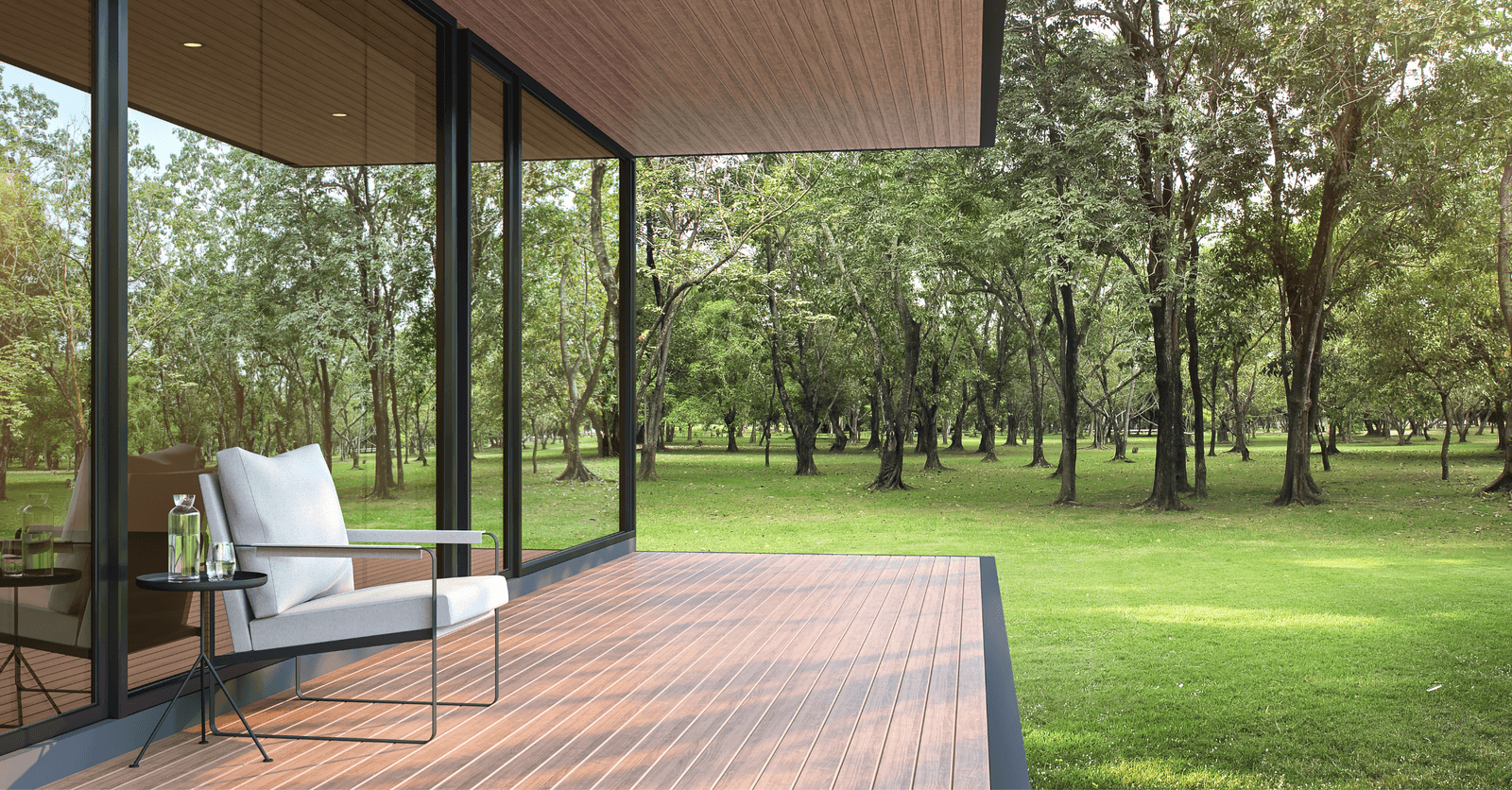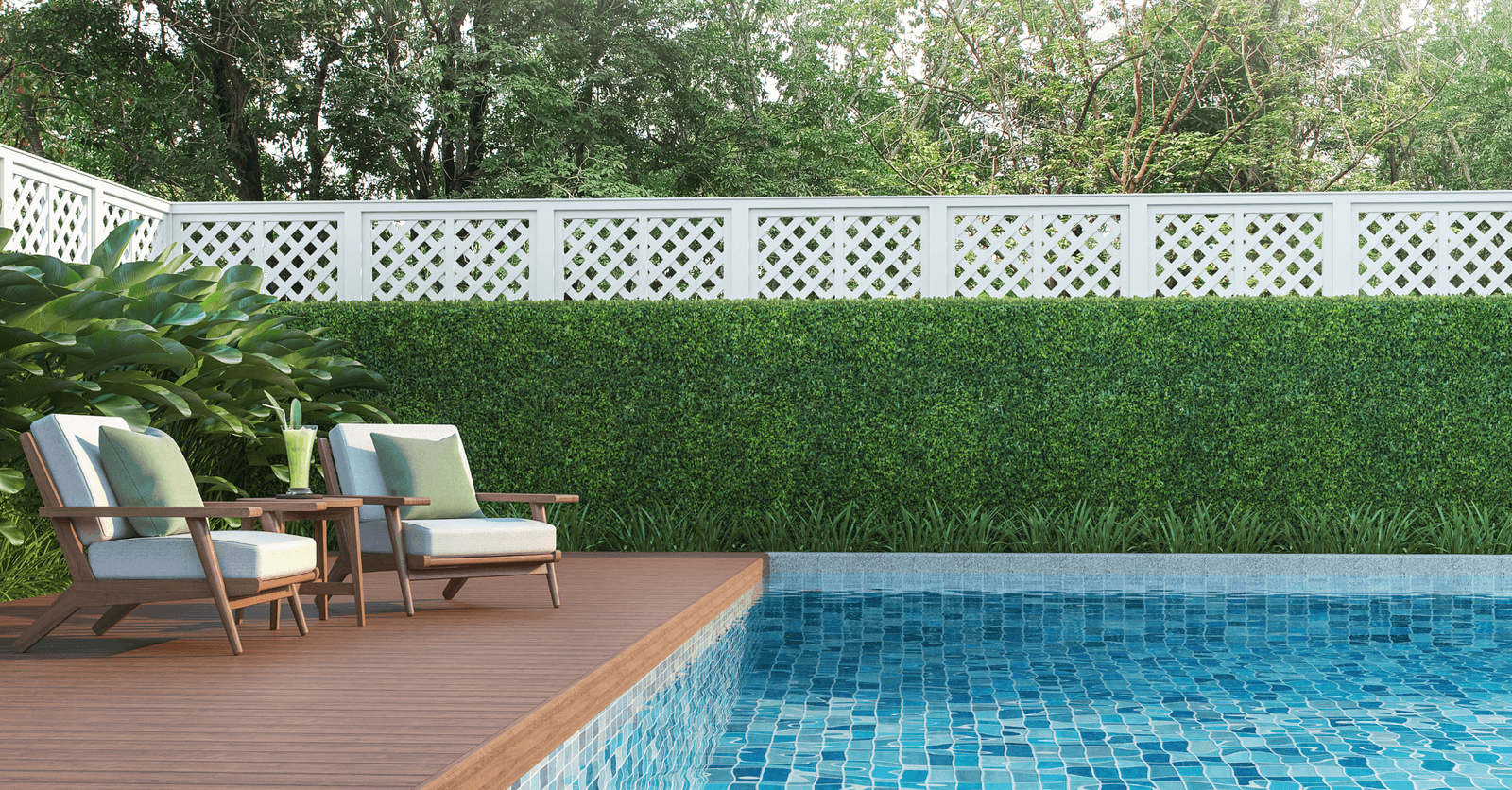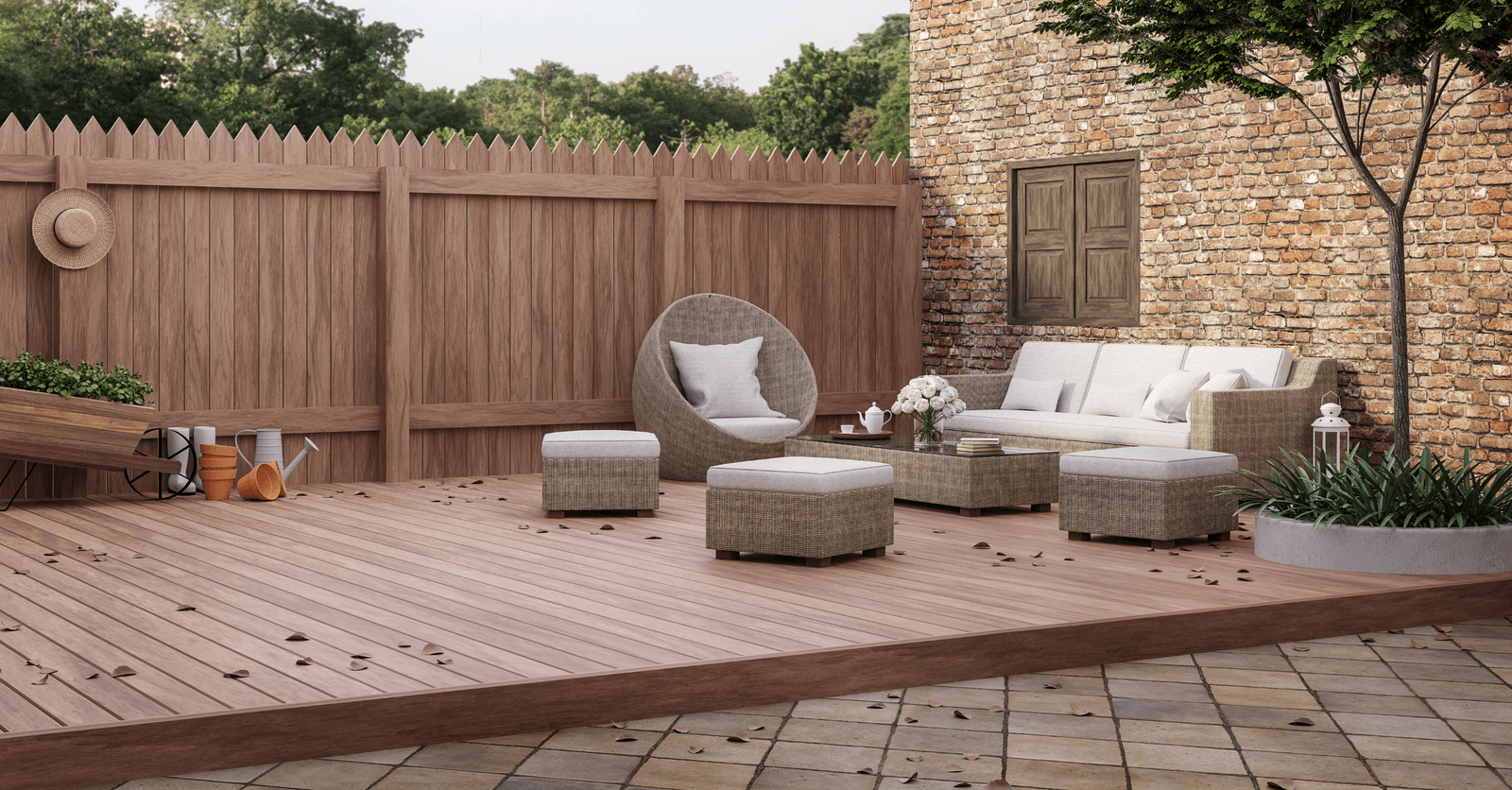
Who wouldn't like to add a hint of wood to their decor or integrate it as part of a construction project? Wood suits almost every aesthetic, it's available in countless different finishes, can be used for just about anything, is derived from a renewable source, and is perfect to scaffold zero-carbon buildings.
Yet, some are uneasy about using it, not knowing what type of wood to use, and considering that wood and water are foes, and often, long-term maintenance routines are enough to ward you off. Also, wood frequently ends up either splitting, rotting or being damaged by critters.
Now, there’s a product available in North America that puts all these problems at bay, and that’s acetylated wood.
What’s Acetylated Wood?

Source: Canva
For starters, note that the harvested wood comes from forests that are already being exploited while respecting the established standards in regard to the exploitation of natural resources. Furthermore, the trees used are resinous, and most often, a type of pine known as Monterey or Radiata.
Even though the manufacturing process has been in use and approved worldwide for over ten years, acetylated wood is still a rare find in Quebec hardware stores. It’s rather easy to make, but, for now, solely on a small scale.
Although, in early 2010, a company in the United States attempted to market the product. Unfortunately, the company was caught off guard by the product’s popularity and high demand so, in 2014, they were forced to cease all activities. A few years later, one other industry jumped in line with the same project, and now offers this revolutionary product: Accoya® wood by Accsys Technologies. Therefore, to purchase this product, one must request it through the Toronto-based company, Upper Canada Forest Products.
Acetylated Wood: Process & Modification

Source: Canva
Wood that is sawed into planks must first be completely dry to reduce its level of humidity as much as possible. Then, the dried wood is processed with a waterless product that closely resembles vinegar: acetic anhydride (acetylate).
Just like your grandparents used to preserve vegetables in vinegar to prevent them from spoiling in the long run, this technique gives the wood unparalleled strength, permeability, and durability. There's no need for additional sealants, maintenance, or protection!
Basically, the molecules found in the wood react with the non-toxic chemical down to the wood's core to render it immune to decay and undesirable to any type of vermin (mould, termites, etc.).
Note that, prior to selling the planks, the product must be checked to ensure that the cellular structural modification has been completed throughout all the wood's various layers. Furthermore, it’s essential that the amount of residual acid found in the product is controlled. Although wood naturally contains acid, the percentage of such substance shouldn't exceed a certain level, otherwise, the final material will be problematic with various sidings, adhesives or others.
Although the process seems to be nothing short of revolutionary, it isn't exempt from scrutiny to ensure its quality.
Acetylated Wood: Advantages

Source: Canva
EcoHome estimates a 75 to 80% decline in naturally occurring problems after acetylation since this technique substitutes those elements responsible for the wood's expansion and shrinkage, which result from temperature changes and humidity level variations.
Despite UV rays, the appearance of the wood will be preserved for a long time, thereby reducing upkeep and the need to, over time, apply numerous finishing coats.
Its strength is further enhanced and made even more suitable for heavy-duty use. It even exceeds the properties of Ipe wood. Since acetylation makes the wood structure really stable, it can be used for just about anything: doors, floors, patios, decks, countertops, siding, framework, etc., and can be subjected to all kinds of weather.
As it's no longer edible, it withstands mould, insect infestation, bacteria, or any biological vermin.
It’s versatile and entirely recyclable.
It offers excellent performance and extended durability outdoors (50 years minimum above ground and 25 years underground).
Unlike most current wood processing methods, acetylation has no negative impact on the environment. In fact, acetylated wood is certified in several ways, making it ideal for contractors who want to make their construction sites eco-friendly and obtain a LEED rating.
As you can imagine, its scarcity and exportation have economic impacts: It can be up to 20% more expensive than some other hardwoods and its price range starts at $6.50 per linear foot. Obviously, the industry is evolving and continuously working to make this wood, modified by acetylation, more accessible, since its positive aspects are clearly beneficial, and it's in line with the steps that must be taken to save our planet.
Get 3 quotes for your renovation project
RenoQuotes.com can help you get quotes for your green renovation project. By submitting your project, we’ll put you in contact with top-rated contractors. Fill in the form on the homepage (it only takes a few minutes), and you will get estimates from trusted professionals.
Dial 1-844 828-1588 to speak with one of our customer service representatives.
Looking for something else?
Related articles
The latest industry news, interviews, technologies, and resources.

Editorial Team
•13 Jun 2025
Sliding doors, or patio doors, are a wonder. They offer a beautiful view of the outdoors and easy access to your backyard, yard, or patio. Glass sliding doors can transform even the darkest and dullest of spaces. But how difficult is the installation process? If you have some experience under your belt with renovation projects, we’re confident you can complete this one in a day or over a weekend.

Christine Simard
•22 Jan 2025
As a design and user-friendly appliance, a wood-burning stove makes for a genuine source of well-being, designed to bring additional comfort to households during the harsh winter months. Whether made of steel, brick, cast iron, or glass, a wood-burning stove stands for durability and boasts a slew of advantages.

Editorial Team
•07 Nov 2023
Whether working, taking care of young ones, recovering from a cold or cooped inside for one reason or another, there are times when we’re stuck at home for days with no end in sight.

Léa Plourde-Archer
•07 Nov 2023
Wood floors are so common that we tend to forget that other options are out there. Here are 7 types of flooring that serve as alternatives to wood, if you are looking for something different.

Editorial Team
•07 Nov 2023
The sets of your favourite films can sometimes serve as an inspiration to transform your interior decor. Whether a period piece, a 1960s inspired environment or a more modern layout, there is always room to draw inspiration from these much-loved stories.